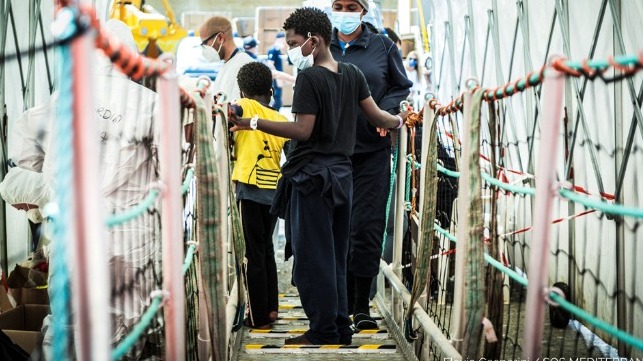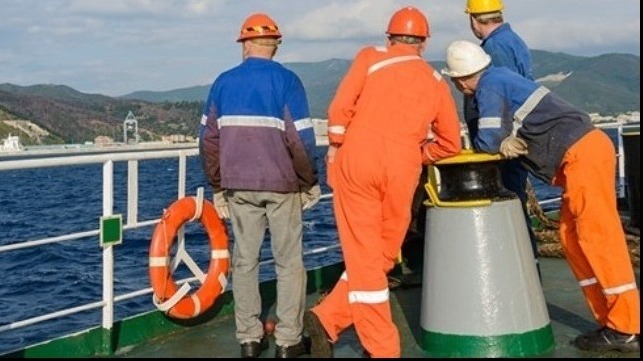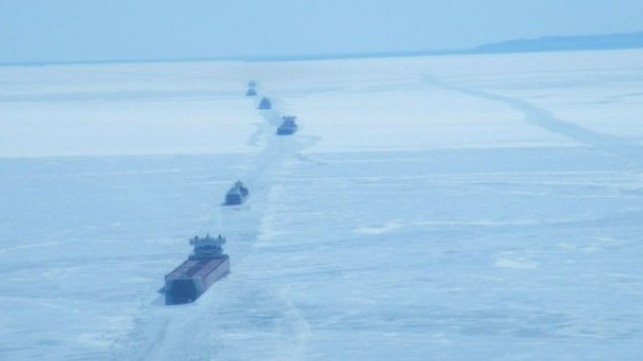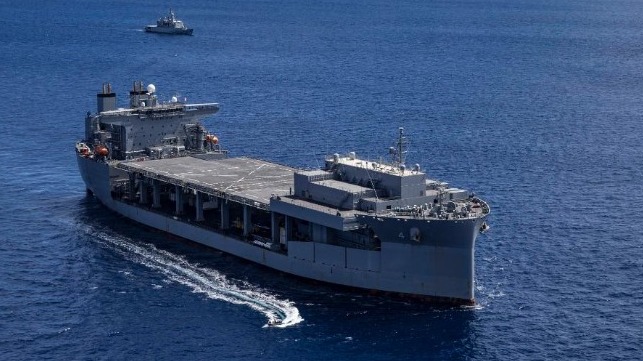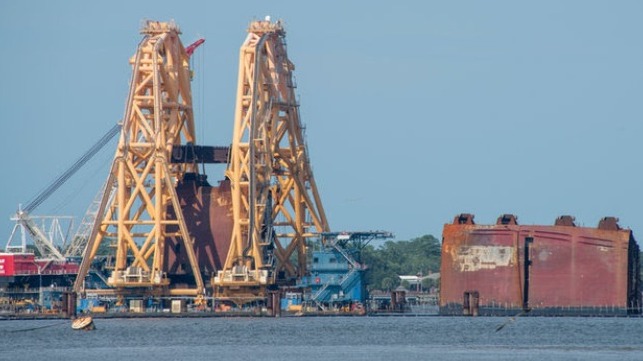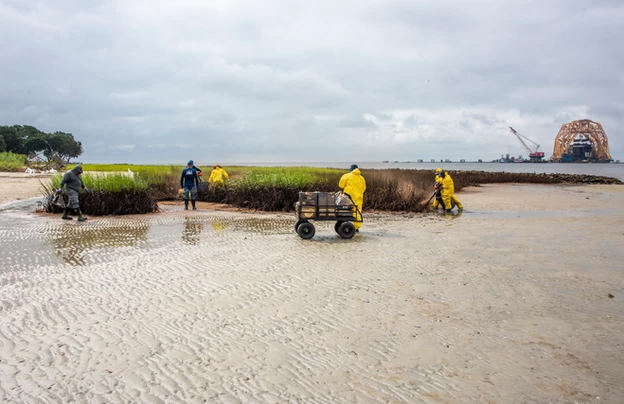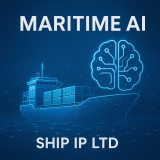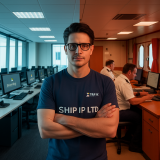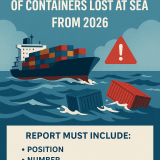Ruscon, the parent company of Dutch-based SmartContainer, has introduced an innovative separation material for transporting steel plates manufactured from recycled plastic bottles.
The separation sections, a polymer composite material cast in a disc or cylinder shape, have been developed as plate separation for use during storage and transport. The polymer composite materials are now used on ships from St. Petersburg to Ghent. These reusable separating parts on the cargo from steel plates will be collected after discharge to be returned. A deposit is charged on the parts as an incentive to ensure they are recycled.
Ruscon is developing a new transport system to allow the use of these reusable separation agents. Under the scheme, Ruscon takes care of the full customs clearance for the loading and unloading ports and the re-import for the separators to Russia. In this way, the customer receives a complete use cycle of the product,
The parts are light and easy to handle when compared to the wooden separation and dunnage products commonly used. The ease of use also allows for improvement to the speed of handling when loading and unloading the steel plates.
Since the spring of this year, a test period has started on the St. Petersburg – Ghent – St. Petersburg route. During this period, both traditional materials and the polymeric separators were used for cargo securing. A total of five test shipments were carried out and finally, on June 18, a ship was on its way from St. Petersburg with a cargo completely separated by the polymer components.
A number of large steel producers have shown interest in using the new separating materials. Therefore, in addition to the port of St. Petersburg, a shipment will soon be prepared using these innovative separation technologies from Novorossiysk.
Using conventional methods of cargo separation, approximately 20m3 of wood is normally used for a cargo of 5,000 tonnes of metal. For the same cargo about 50 thousand plastic bottles are needed for the production of the composite components. The separation parts can be reused several times and are themselves recyclable. The longer life cycle of the composite material means it has the potential to replace 13,000m3 of timber products.




